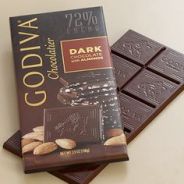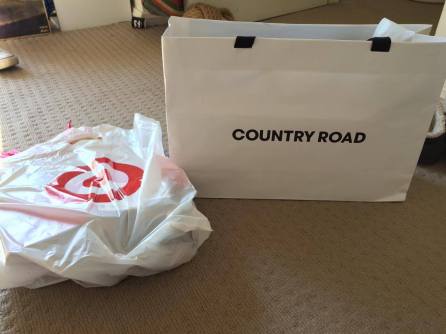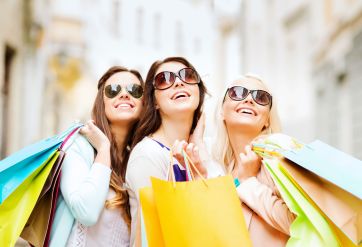I still remember when I first heard about Snapchat. It was in one of my first BCM lectures in my first year of uni back in 2013. I could not wrap my head around the concept. Why would I possibly want to send a photo that only lasts 10 seconds?
It was still a few months before I finally got it, and here I am 3 years later in love with it. Snapchat has developed a lot in the last three years, with each new update I found myself liking every addition.
- Snapchat stories, perfect for capturing your night so you can reminisce (or cringe) the next morning.
- Filters, perfect for making us look that little bit better with black and white, for making people laugh, for procrastinating and for swapping your face with your friends!!
The only addition I may not like is this one, if it is true…
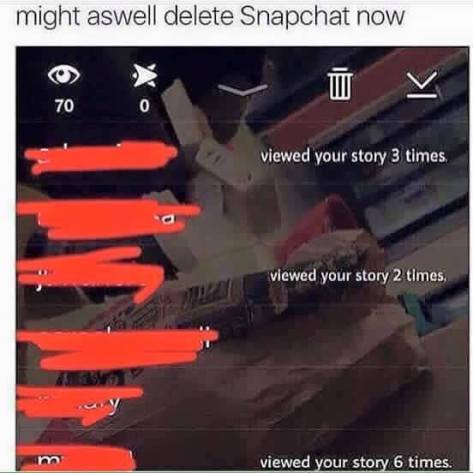
Lately I have noticed something, more and more brands and people with huge followers have taken to Snapchat as a means of marketing themselves. Now some brands I have seen, do it right and others are painful to watch..
Here are some examples:
I actually first got the idea for this blog when I saw McDonalds had Snapchat and location based filters. McDonalds is one of the first brands that are paying to design their own filter (Kokalitcheva 2015). Click here to read an interesting short article on this new form of advertising.
I followed them and tested it out. I do not know why I am giving a thumbs up; they had a pretty pointless story. We are interested in how Snapchat affects consumer behaviour however. I was wondering how much it makes people go and buy McDonalds?
- Bondi Sands is another brand I followed on Snap Chat. They Have some useful pictures, and other times it is very uninspiring.
- Frank Body is very active across all social media platforms. So it seemed natural for it to have Snapchat. They have such a distinct style and they create snaps that are easily identifiable as theirs. They have visually appealing content and demonstrate the products often. It also is consistent with all their other marketing efforts; Cross-promoting content. It is one of the best ways to make Snapchat work effectively for a brand (Johnson 2015).
- Princess Polly is another. I feel it is pretty useful for clothing brands to use Snapchat, it is an easy way to quickly show how things look, and what is new. Princess Polly can go overboard, snapping every moment. That is just my opinion though, if you like that brand you could love to see every element.
Pros of brands using Snapchat:
- Relatable- I think this is one of the main reasons for brands to use this media. Especially if you have a target market of 14-24 year olds as this is the largest user age group!
- Informal yet informative- It is a relaxed way to send content to your followers.
- Personal- It can seem more personal to users as they get the messages directly. They can become more than a brand and form better connections with their market.
- Instant- Brands can take a picture and instantly send it out for 1000’s of users to see. It is a great way to see things as they happen.
Princess Polly is a good example at being personal and instant. They show all different aspects of their brand. As well as the clothes, they show the staff, the location, what they like to do, what music they like etc. and this creates a more personal relationship with the consumers as they feel they know more about the brand.
Cons:
- Buyers and potential buyers can see a lot of content but there is no direct link to a website to make purchases. People have to remember that product and go themselves to the site.
- There is a fine line between snapping well and then snapping too much, especially if you are not communicating useful or engaging images.
Bondi Sands is a good example of this. I know they mean to be helpful by posting ‘tanning tip’ videos. Butttt the videos only last 10 seconds and when they are going into a lot of detail and information it takes a very long time… I think YouTube videos are better suited to that style of information.

If we look at the positives of Snapchat and look at the brands that use it well, with interesting, engaging and informing snaps, how does this affect Consumer Behaviour?
Mainly I think it is about building relationships with the market and to really show the brand in an honest and authentic way. This increased credibility and links to Maslow’s Hierarchy of needs. People need friendship (social needs) and brands that Snapchat to their consumers are trying to create these. If consumers feel closer to a brand then that brand or product will move into the persons Evoked set. This will change their behaviour when they need something or go shopping as they think of that brand and purchase it over competitors. That purchasing behaviour is also an example of emotional motivation as they have that connection.
Lastly to change consumer behaviour, companies need to change the attitudes of their audience. By snapping them they can be funny and relatable which starts the attitude change. Some strategies for attitude change I have noticed with the brands above include; change the consumers beliefs of the brand and they often associate the product with an admired event or celebrity.
So if it is done correctly, snap away!!
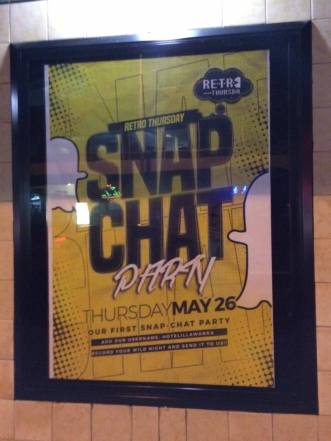
…
Johnson, L 2015, ‘5 Ways Brands Are Standing Out and Building Audiences on Snapchat’, Adweek, p. 1.
Kokalitcheva, K 2015, Snapchat is tapping a brand new revenue source, Fortune.com, blog post, viewed 9th May 2016.
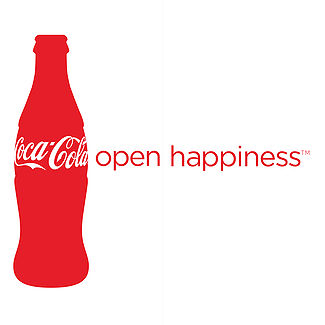
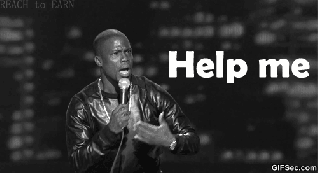
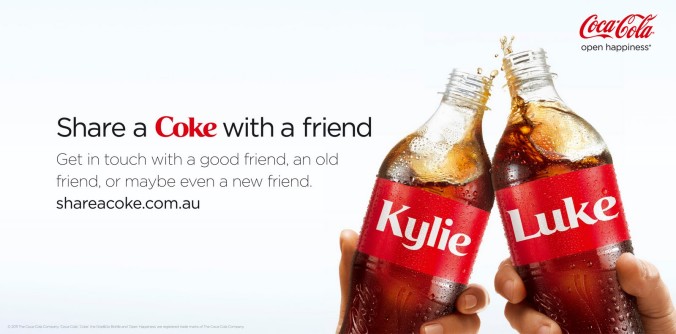
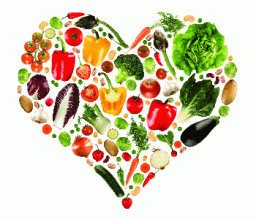
 B:
B: